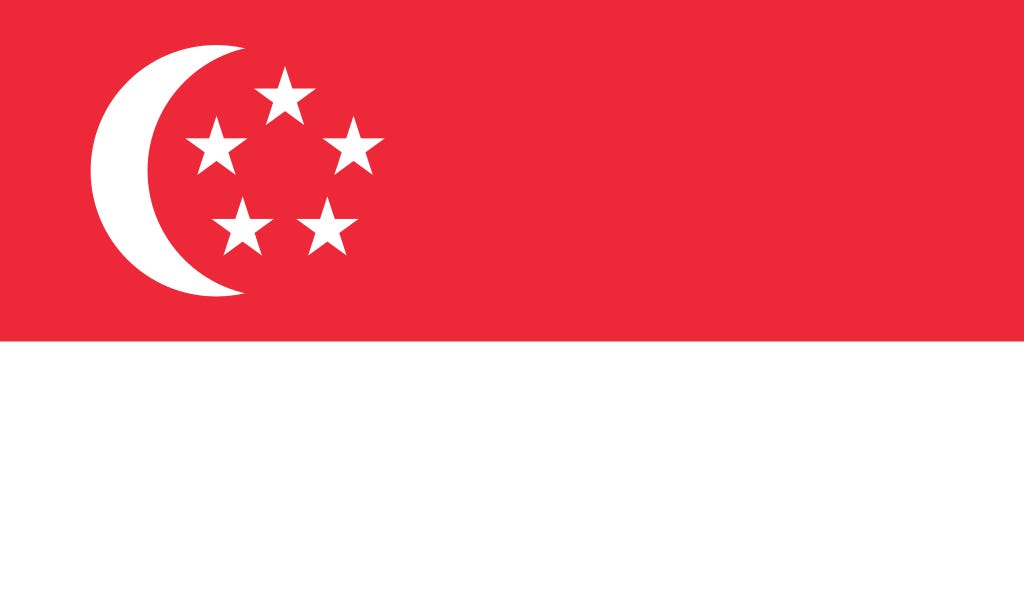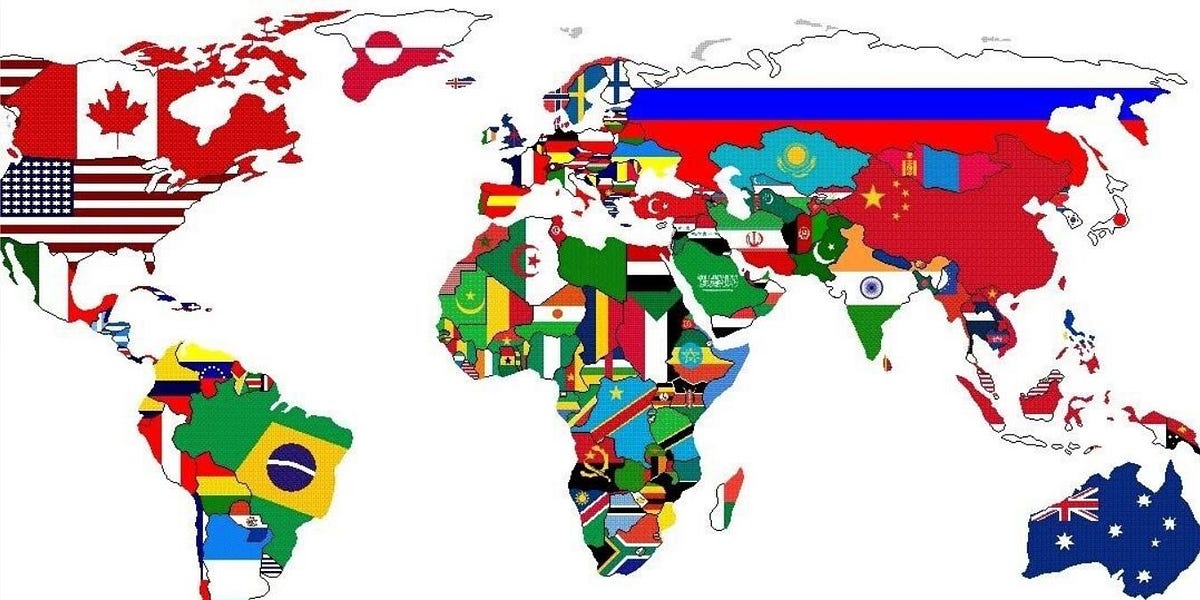Can KPR Mill sustain its 300% multibagger stock returns over the next 10 years?

Born to small-scale farmers, Ramasamy began his business exploration in 1971 with a single power loom. The following year, he borrowed money from his relatives to add a loom. His brothers KPD Sigamani and P. Nataraj soon joined the business. The company established a spinning mill the following year and moved its business into fabric and clothing manufacturing.
The process of integrating the entire process from yarn to fabric was also completed. The business achieved the milestone of ₹500 crore in 2004. In late 2007, management decided to bring in private equity investors. Soon after, the company held an initial public offering (IPO). The original stock price was 50 pies. The stock is currently trading in the ₹800 range.
Shares of the company have yielded large returns over the years, increasing the wealth of investors. In three years, the stock has quadrupled, delivering multibagger returns of nearly 300%. The stock has surged 33% in the past year, compared to the 28% return of India’s benchmark NIFTY 50 over the same period.


As the business grew, so did the challenges. Clothing and textiles in general face fierce competition in volatile markets. Rapid inflation and deflation in cotton prices could make the situation even worse. After the COVID-19 downturn, the industry is rediscovering opportunities.
KPR recently established a brand called FASO and entered the domestic retail industry through clothing trading. Additionally, the government’s goal of increasing apparel exports to $100 billion by fiscal 2028 provides KPR Mill with good growth opportunities going forward. So, let’s take a deeper look into the article to evaluate the future of KPR Mill.
KPR Mill – Company Overview
KPR Mill One of the top five listed textile companies in India, it focuses on diverse business verticals including yarns, fabrics, garments, green energy, sugar and ethanol, and employs over 30,000 people (90% of whom are women). For over 30 years, the company has accumulated extensive experience in the textile industry and left an indelible mark.
The company is Readymade Knitted Apparel; textile; We produce Compact, Melange, Carded, Polyester and composite yarns and reach consumers around the world with diligence, top quality and excellent delivery capabilities.
The renowned ‘KPR Group’ has 15 high-tech manufacturing units with the capacity to produce 1,00,000 MT of Cotton Yarn and 4,000 MT of Viscose Vortex Yarn per annum. The total production capacity of the sugar plant is 20,000TCD, and the production capacity of the ethanol plant is 360KLPD.
FASO’s unique 100% organic cotton-based products with a variety of features have established a solid foundation in the business. Aggressive pan-India expansion ambitions were launched.
KPR Mill – Finance
In FY 2023, KPR Mill saw significant growth in its revenue, surging 28.27% to reach ₹6,185.88 crore compared to ₹4,822.48 crore in FY 2022. After analyzing four years from FY2020 to FY2023, the company has recorded a solid Compound Annual Growth Rate (CAGR) of 22.65%.
On the other hand, net profit declined by 3.3% from ₹841.84 crore in FY2022 to ₹814.1 crore in FY2023. The reason for the decrease in profitability is that the increase in yarn prices, which did not reflect the increase in cotton prices, affected the margins of the yarn sector.
Clothing orders from Europe were overall slow due to the war in Ukraine, but the impact was small because the company is in the basic sector. The four-year cumulative net profit from fiscal year 2020 to fiscal year 2023 recorded a CAGR of 29.29%.
In FY23, KPR Mill maintained favorable financial metrics with return on equity (ROE) of 23.62% and return on invested capital (ROCE) of 24.54%.
KPR Mill – future plans
Apparel Sector – Growth Driver
KPR is India’s largest garment manufacturer and exporter, accounting for approximately 3.8% of India’s knitwear exports. Over time, the company effectively transitioned from a pure yarn manufacturer to a value-added apparel player.
While India is a dominant player in domestic textile exports to the world, it lags far behind China, Bangladesh, Vietnam and Sri Lanka in apparel exports to the US, Europe and other markets. This is due to India’s high production costs (high wages/power costs), lack of FTAs and preferential country status with major developed countries.
Despite these challenges, KPR has effectively carved out a niche for itself through continued growth in apparel revenues, backed by long-standing ties with major global retailers in the US, UK and other countries. Additionally, timely and consistent capacity expansion has helped the organization accelerate growth and improve serviceability.
Over the past decade (FY12-FY23), India’s knitwear exports have expanded at a CAGR of 8.2%. In contrast, KPR’s apparel exports grew at an impressive CAGR of 18%, ensuring continued market share growth during this period.
Consistent capacity addition
KPR’s garment production capacity increased nearly five-fold from 32 million units in FY14 to 157 million units by the end of March 23. Strong order traction has accounted for nearly 68% of the overall capacity expansion over the past five years (FY17-FY23). Improved visibility into demand from current customers.
Solid client base
In addition to capacity additions, KPR’s strong customer base with decades of well-established connections is a critical component of continued apparel revenue development. The company distributes approximately 100% of its clothing products to 60 major international companies, including Primark, K-Mart, Marks & Spencer, ASDA, Walmart and H&M.
In terms of customer concentration, no single customer accounts for more than 10% of total export revenue. As a precautionary measure, KPR offers buyer-specific insurance plans to all international clients, significantly reducing the risk of default. We also have a 15-day bond policy for international players, which is reviewed every 3-6 months.
conclusion
The future looks promising for KPR Mill, but challenges lie ahead. The textile giant has navigated the competitive environment adeptly, building strong global partnerships and steadily expanding its apparel production capabilities. As India strives to expand its apparel exports, KPR’s expertise gives the country an advantage.
However, this path is not without obstacles. Unstable cotton prices and fierce competition pose obstacles. Entering domestic retail through FASO adds an interesting dimension. What do you think about KPR’s future trajectory now? Please share your views on KPR Mill’s future prospects.
Written by Nalin Surya
By leveraging the Stock Screener, Stock Heatmap, Portfolio Backtesting and Stock Comparison tools on the Trade Brains portal, investors have access to comprehensive tools to identify the best stocks, stay updated and informed with stock market news. invest.


Start your stock market journey now!
Want to learn stock market trading and investing? Check out exclusive stock market courses from FinGrad, a learning initiative from Trade Brains. You can sign up for free courses and webinars from FinGrad and start your trading career today. Sign up now!!



